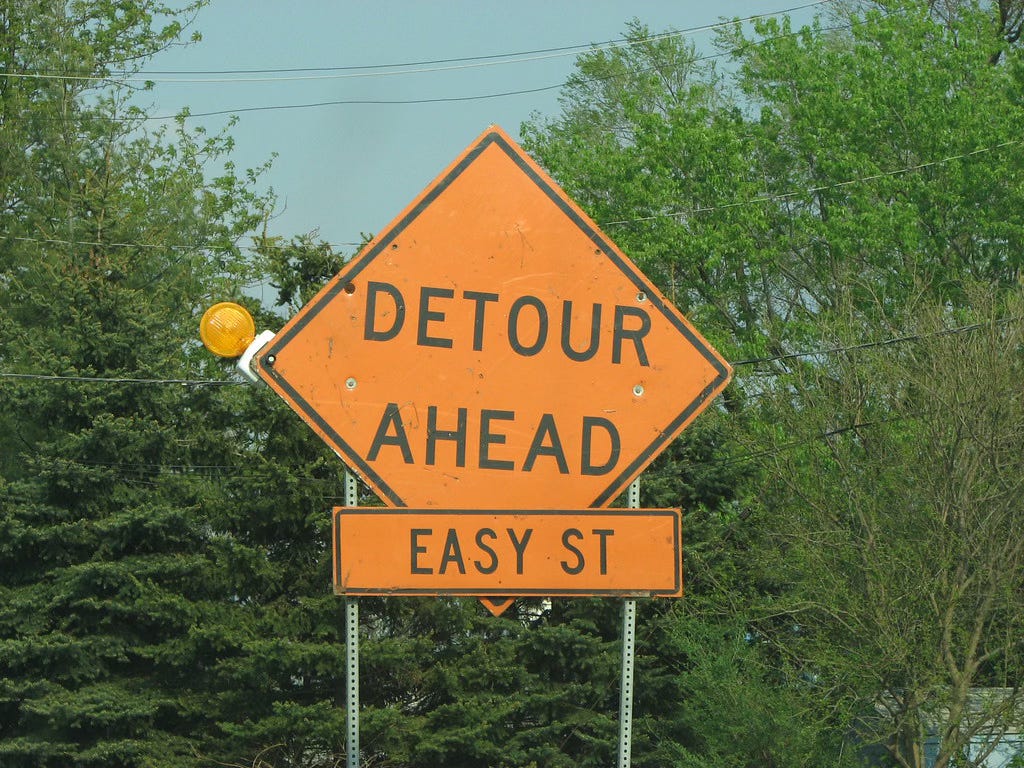This lesson is designed to teach students how to find inspiration for songwriting in unexpected places, such as real-world texts, literature, and historical events. By the end of the lesson, students will have created their own songs based on a chosen source of inspiration.
Objective:
Students will explore how to find inspiration for songwriting in unexpected places, including real-world texts, literature, and historical events. They will analyze examples of songs inspired by these sources and create their own songs based on a chosen inspiration.
Materials Needed:
1. Examples of songs inspired by real-world texts, literature, and historical events (audio or video)
2. Pencils/pens
3. Instruments or DAW (optional)
4. Recording devices (optional)
Lesson Activities:
Introduction:
Discuss the concept of finding inspiration in unexpected places for songwriting.
Provide examples of songs inspired by various sources:
Literature: "Wuthering Heights" by Kate Bush, "To Be Young, Gifted and Black" by Nina Simone
Real-World Texts: "Objects in the Rearview Mirror" by Meatloaf, "Detour Ahead" by Herb Ellis
Historical Events and Speeches: "One Last Time" from Hamilton, Lin Manuel Miranda
Play excerpts from these songs and discuss the source of their inspiration.
Choosing Inspiration:
Have students choose their own source of inspiration: a historical event, a piece of literature, or a real-world text. Provide time for students to research and gather information on their chosen inspiration.
Writing the Song
Students will write lyrics and create a melody based on their chosen inspiration. Encourage them to incorporate specific details and emotions from their source material into their songs. Provide instruments or DAW access for students to compose and experiment with their musical ideas if possible.
Rehearsal and Performance
Students will practice their compositions, optionally using instruments or a DAW.
Facilitate a performance session where students can share their songs with the class. Optionally, students can record their performances using available recording devices.
National Core Arts Standards Alignment:
Creating (MU.1.5a): Students will generate musical ideas for various purposes and contexts.
Performing (MU.2.5a): Students will demonstrate the ability to read and perform music.
Responding (MU.1.5a): Students will perceive and analyze music.
Connecting (MU.0.5a): Students will synthesize and relate knowledge and personal experiences to make music.
Additional Tips and Tricks:
1. This pulls together everything the student's have learned so far. They will be picking rhyme schemes, song form, chord progressions and everything. That makes this one of the most challenging projects so far!
2. If students get stuck, encourage them to look into their interests to find inspiration. This is likely to increase comfort!





